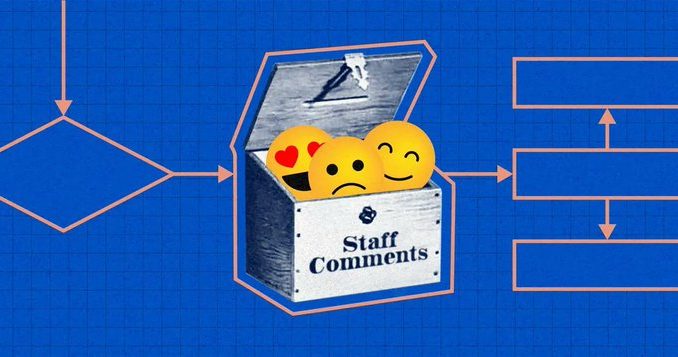
When given a voice, workers genuinely appreciate AI at work
The first key finding was that when AI was deployed strategically like for professional development or to minimize annoying tasks–workers felt that AI made their jobs easier.
For example, customer service agents had to use AI-based software that monitored their calls and text chats with customers which monitored the agents’ tone of voice, speaking volume, and keywords to assess emotions and offer warnings to speak more quietly, slowly, or with less “emotional charge.”
When the prompts were used as coaching tools, rather than commands or performance metrics, workers appreciated the real-time tips. “Most employers can’t afford to hire dedicated coaches to listen to every employee’s calls and offer feedback, especially in real-time, so using AI-based tools to offer suggestions makes sense from a professional development and quality assurance standpoint,” Bell told me.
In other cases, AI freed up workers to focus on more interesting and higher-level tasks. Data annotators used AI-based software to speed up the tedious process of hand-labeling documents, audio, video, and image files with text so that it could be used by AI systems. The strong majority preferred working with software compared to data labeling manually.
- High-road model: Employers using this model hire highly skilled workers that need to be paid more and invested in through upskilling, but this workforce is more capable and has the autonomy to make higher-level decisions. This group more often uses AI to augment their skills.
- Churn model: Employers using this model hire less skilled workers who undergo high “churn” (rapid rate of hiring, firing, and attrition) as a core tenant of the business model. Bell told me that many of the technologies used to automate jobs or tasks are focused on churn model employers, rather than high-road employers.
